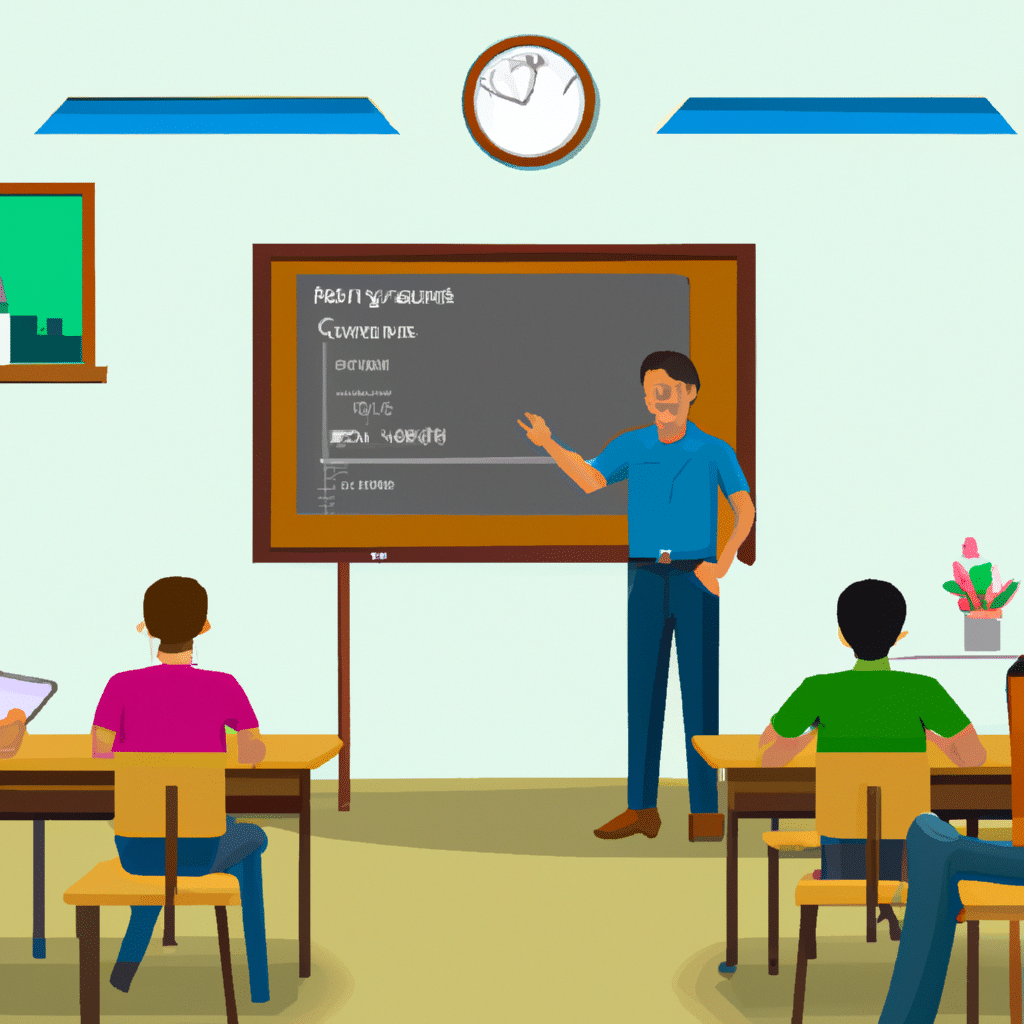How AI is Transforming the Education System

Artificial intelligence (AI) is revolutionizing the education industry, transforming the way we learn, teach, and interact. With its ability to analyze vast amounts of data, AI has the potential to revolutionize education and provide personalized learning experiences to students. In this article, we will explore how AI is transforming the education system and how it is being implemented in classrooms around the world.
Introduction to AI and Its Impact in Education
AI refers to the simulation of human intelligence in machines that are programmed to perform tasks that would typically require human intelligence, such as learning, reasoning, and problem-solving. AI in education can be used to improve the learning experience of students by providing personalized recommendations and feedback based on their learning style, pace, and performance.
AI-powered tools and applications can be used to automate administrative tasks such as grading and feedback, allowing teachers to focus on providing more personalized instruction to students. Additionally, AI can be used to identify knowledge gaps and provide targeted instruction to help students improve their understanding of specific concepts.
How AI is Being Implemented in Classrooms
AI is being implemented in classrooms around the world in various ways, from personalized learning experiences to automated grading and feedback. One example of AI in education is the use of chatbots to provide personalized assistance to students. Chatbots can be programmed to answer student questions and provide guidance on specific topics, providing a personalized learning experience that is available 24/7.
Another example of AI in education is the use of adaptive learning platforms that use machine learning algorithms to personalize instruction based on student performance. These platforms can analyze student data to identify knowledge gaps and provide targeted instruction to help students improve their understanding of specific concepts.
AI can also be used to create virtual learning environments that provide immersive learning experiences for students. Virtual reality (VR) and augmented reality (AR) technologies can be used to create simulations and interactive learning experiences that allow students to explore complex concepts in a hands-on way.
Benefits of AI in Education
The benefits of AI in education are numerous, including personalized learning experiences, improved student outcomes, and increased efficiency in administrative tasks. By providing personalized recommendations and feedback, AI can help students improve their understanding of specific concepts and achieve better outcomes.
AI-powered tools and applications can also help teachers save time by automating administrative tasks such as grading and feedback. This allows teachers to focus on providing more personalized instruction to students, which can lead to improved student outcomes.
Another benefit of AI in education is the ability to provide access to education to students who may not have had access in the past. AI-powered tools and applications can be used to provide remote learning opportunities to students in rural or underserved areas, allowing them to access quality education from anywhere in the world.
Conclusion
AI is transforming the education system and has the potential to revolutionize the way we learn, teach, and interact. By providing personalized learning experiences, improving student outcomes, and increasing efficiency in administrative tasks, AI can help create a more effective and accessible education system for all students.
As AI continues to evolve, we can expect to see even more innovative applications of the technology in education. From virtual reality simulations to personalized chatbots, AI is opening up new possibilities for teaching and learning that were once thought impossible. With AI, the future of education is brighter than ever before.












